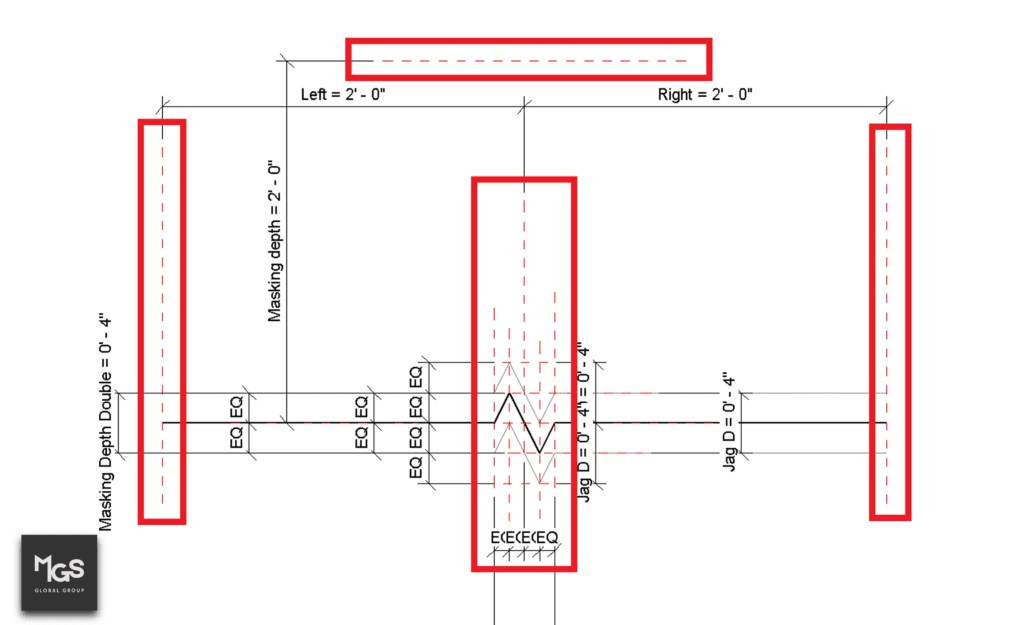Tips for Creating Revit Detail Components
- 3 min read
- October 9, 2023
Revit is a powerful tool for creating detailed components that can be used in various projects. Detail components are essential in creating accurate and precise models. In this document, we will provide some tips for creating parametric and adaptive detail components in Revit. Additionally, this blog includes a complimentary Revit detail component bundle at the end.
Tip 1: Understand the Importance of Parameters
Parameters are critical in creating detail components in Revit. They allow you to create a single component that can be adjusted to fit different sizes and shapes. When creating a detail component, ensure that you understand the parameters that will be used to adjust the component’s size and shape.

Tip 2: Adaptive Components
Adaptive components are another essential feature in Revit. They allow you to create complex shapes that can be adjusted based on the project’s needs. When creating an adaptive component, ensure that you create a flexible design that can be adjusted to fit different shapes and sizes.

Tip 3: Use Constraints
Constraints are crucial in creating parametric and adaptive detail components. They ensure that the component behaves as intended when parameters are adjusted. When creating a detail component, ensure that you include constraints that define how the component should behave when adjusted.

Tip 4: Use Reference Planes
Reference planes are essential in creating parametric and adaptive detail components. They allow you to create a plane that can be used as a reference for other elements within the component. When creating a detail component, ensure that you use reference planes to ensure that the component is aligned correctly.

Tip 5: Test Your Components
After creating a detail component, it is essential to test it to ensure that it behaves as intended. Test the component by adjusting the parameters to see if it adjusts as intended. Ensure that the component behaves correctly before using it in your project.
In conclusion, creating parametric and adaptive detail components in Revit requires an understanding of the parameters, constraints, reference planes, and adaptive components. By following these tips, you can create accurate and precise detail components that can be used in various projects.
Get your FREE Revit Detail
Component Bundle!
For more blogs on Revit, check out https://mgsglobalgroup.com/blog/
MGS Global Group is here to help if you require any more assistance. Get in touch with us for all your drafting needs.

Connect with us!



